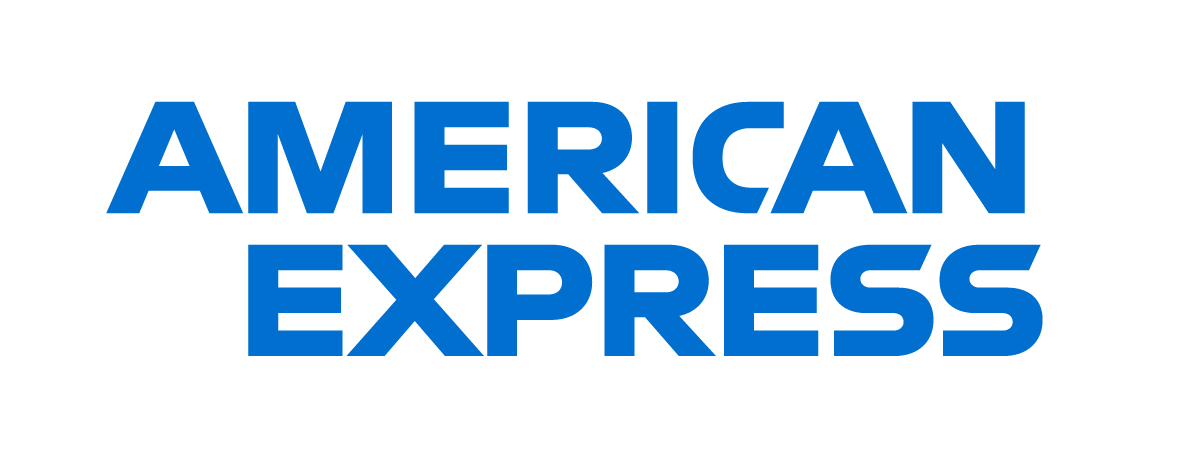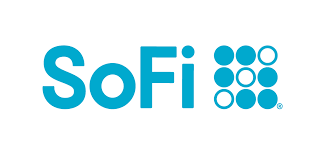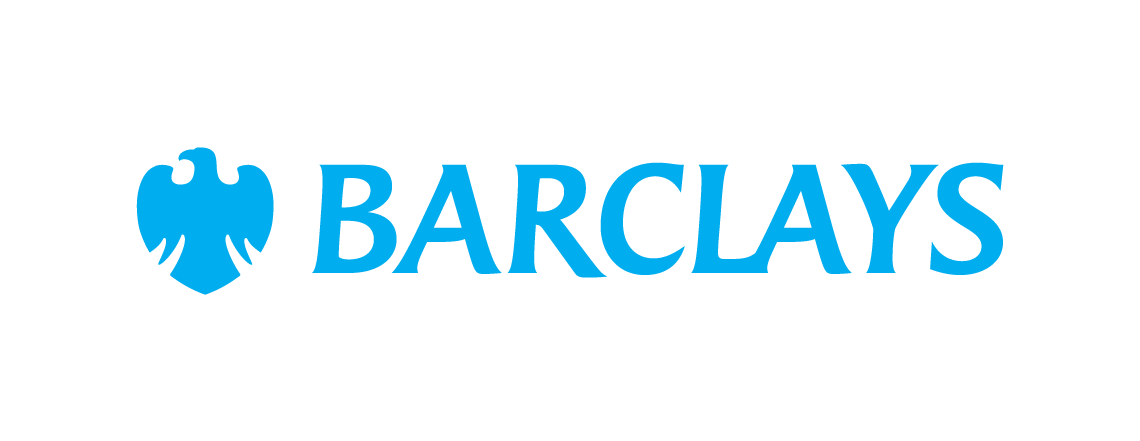Choosing the right savings account isn't just about stashing your cash -- it can mean earning hundreds (or even thousands) more over time. And let's be real, who doesn't want free money? A good savings account also gives you financial security and peace of mind, knowing your money is safe and working for you.
I've spent a lot of time researching savings accounts (both for myself and here at Motley Fool Money), so I know what to look for. Whether you're building an emergency fund, saving for a big goal, or just want to maximize your earnings, I'll walk you through the exact steps to pick the best savings account for your needs.
1. Identify your savings goals
Before you even start comparing accounts, ask yourself: What am I saving for?
Are you building an emergency fund? Saving for a dream vacation? Prepping for a down payment? Your answer will determine the best type of savings account for you.
- If you need quick access to your money, go for a high-yield savings account.
- If you won't need it for a while, a CD might be a smarter move to lock in a better rate.
For example, I use my high-yield savings account for my house down payment (that I'm hoping to need later this year!) and a CD for money I'm setting aside for vacations in the coming years. Thinking about your goals first makes choosing the right account so much easier.
2. Compare savings rates (APY) and fees
When it comes to choosing a savings account, the annual percentage yield (APY) is one of the most important factors. It's how you know how quickly your money will grow. The higher the APY, the more interest you'll earn on your balance over time.
Let me break it down with an example: Imagine you're ready to deposit $10,000.
- At an APY of 1.00%, you'd earn $8.33 per month in interest.
- At an APY of 4.00%, you'd earn $33.33 per month in interest.
Over the course of a year, that's the difference between $100.42 in interest (at 1%) vs. $408.45 (at 4%). In other words, with a 4.00% APY, you'd earn an extra $308.03 over the year. That's more than four times the interest -- showing just how much a higher APY can work in your favor.
But don't forget about fees! While the interest rate is important, it's equally crucial to check for any fees that could eat into your earnings. Monthly maintenance fees, withdrawal penalties, and minimum balance requirements can quickly reduce your returns. I always make sure my savings account has no fees because I refuse to let a bank take my hard-earned interest.
Taking both APY and fees into account will help you pick the best savings account for growing your money without unexpected costs.
Compare savings rates
Make sure you're getting the best account for you by comparing savings rates and promotions. Here are some of our favorite high-yield savings accounts to consider.
| Account | APY | Promotion | Next Steps |
|---|---|---|---|

Open Account for American Express® High Yield Savings Account
On American Express's Secure Website.
4.00/5
Our ratings are based on a 5 star scale.
5 stars equals Best.
4 stars equals Excellent.
3 stars equals Good.
2 stars equals Fair.
1 star equals Poor.
We want your money to work harder for you. Which is why our ratings are biased toward offers that deliver versatility while cutting out-of-pocket costs.
|
3.60%
Rate info
3.60% annual percentage yield as of July 4, 2025. Terms apply.
Min. to earn: $0
|
N/A
|
Open Account for American Express® High Yield Savings Account
On American Express's Secure Website. |

Open Account for SoFi Checking and Savings
On SoFi's Secure Website.
4.50/5
Our ratings are based on a 5 star scale.
5 stars equals Best.
4 stars equals Excellent.
3 stars equals Good.
2 stars equals Fair.
1 star equals Poor.
We want your money to work harder for you. Which is why our ratings are biased toward offers that deliver versatility while cutting out-of-pocket costs.
|
up to 3.80%
Rate info
SoFi members who enroll in SoFi Plus with Eligible Direct Deposit or by paying the SoFi Plus Subscription Fee every 30 days or SoFi members with $5,000 or more in Qualifying Deposits during the 30-Day Evaluation Period can earn 3.80% annual percentage yield (APY) on savings balances (including Vaults) and 0.50% APY on checking balances. There is no minimum Eligible Direct Deposit amount required to qualify for the stated interest rate. Members without either SoFi Plus or Qualifying Deposits, during the 30-Day Evaluation Period will earn 1.00% APY on savings balances (including Vaults) and 0.50% APY on checking balances. Interest rates are variable and subject to change at any time. These rates are current as of 1/24/25. There is no minimum balance requirement. If you have satisfied Eligible Direct Deposit requirements for our highest APY but do not see 3.80% APY on your APY Details page the day after your Eligible Direct Deposit arrives, please contact us at 855-456-7634. Additional information can be found at http://www.sofi.com/legal/banking-rate-sheet. See the SoFi Plus Terms and Conditions at https://www.sofi.com/terms-of-use/#plus.
Min. to earn: $0
|
N/A
|
Open Account for SoFi Checking and Savings
On SoFi's Secure Website. |

Open Account for Barclays Tiered Savings
On Barclays' Secure Website.
5.00/5
Our ratings are based on a 5 star scale.
5 stars equals Best.
4 stars equals Excellent.
3 stars equals Good.
2 stars equals Fair.
1 star equals Poor.
We want your money to work harder for you. Which is why our ratings are biased toward offers that deliver versatility while cutting out-of-pocket costs.
|
3.90%
Rate info
Balances less than $250,000 earn 3.90%, and balances greater than $250,000 earn 4.10%.
Min. to earn: $0
|
N/A
|
Open Account for Barclays Tiered Savings
On Barclays' Secure Website. |
3. Choose the right type of savings account
Now that you understand what you're saving for and what your APY options look like, it's time to choose the right type of savings account. There are several options, each designed for different saving needs. I'll break them down.
Basic savings account
If you're just getting started with saving or need a simple place to park your money, a basic savings account is a solid choice. It's no-fuss, straightforward, and usually has no frills. While you won't earn a ton of interest, it's a safe option for stashing funds if you don't need high returns or fancy perks.
Personally, I use Chase Savings℠ for my basic savings account. It keeps my money secure and accessible without any added stress, but I don't use it to grow my money.
High-yield savings account
Want to make your money work a little harder? A high-yield savings account is the way to go for earning more interest. These accounts typically offer much higher APYs than basic savings accounts, helping your savings grow faster. They're ideal for longer-term savings or if you don't need to access your funds constantly.
I use LendingClub LevelUp Savings for my high-yield account, and I absolutely love it. The interest rate is fantastic, and my money actually grows.
Money market account
For a bit more flexibility, consider a money market account. These often come with a higher APY than a basic savings account and sometimes even offer the perk of check-writing capabilities, making them a hybrid between a savings account and a checking account. If you're looking for a mix of interest growth and easy access to your money, this could be a great option.
Certificates of deposit (CDs)
For those who are ready to commit to longer-term savings, a certificate of deposit (CD) could be the way to go. With a CD, you lock in your money for a set term (like six months, a year, or even longer) and earn higher interest rates in return. The trade-off is that you'll face a penalty if you need to withdraw early.
I have a 10-month LendingClub CD myself, and I locked in a great rate. It's perfect for funds I don't need immediate access to, and I love watching the balance grow over time.
4. Decide where to open your account
Where you open your savings account is just as important as which one you choose. When choosing where to open your account, think about the level of customer service you need, how comfortable you are with digital banking, and whether you want access to a physical branch. Each option has its pros and cons, so the right choice depends on your personal preferences and financial goals.
Traditional banks vs. online banks
When you think of traditional banks, picture the big-name institutions with physical branches on every corner. They're great if you want face-to-face customer service or need access to a branch for things like cash deposits or withdrawing large amounts. The catch? Their interest rates often aren't the most competitive.
On the flip side, online banks can offer higher APYs and lower fees. Why? They don't have the overhead costs of physical branches, so they can pass those savings on to you. If you're comfortable managing everything online (and maybe even prefer it), an online bank might be your perfect match. Plus, online banks are just as safe as traditional ones. I personally use an online-only savings account, and I've had zero issues -- high interest, low fees, and no hassle.
Credit unions
Now, let's talk about credit unions -- a hidden gem in the world of banking. These nonprofit organizations often have some of the most competitive rates and lowest fees around. But here's the catch: you typically need to qualify for membership. Don't worry, though, as many credit unions have pretty relaxed membership criteria.
If you do qualify, credit unions can be an awesome choice with personalized service, member perks, and that feel-good nonprofit vibe.
No matter which option you choose, make sure it fits your lifestyle. If you never go to a bank branch, why not take advantage of an online account with better interest rates?
5. Apply and start saving
At this point, you're ready to open your savings account and start growing your money. Here's what you'll need:
- A valid ID (driver's license, passport)
- Your Social Security number (SSN)
- Proof of address (utility bill, lease agreement)
Most accounts can be opened completely online in just a few minutes. I did mine in under 10 minutes -- super easy. Once your account is set up, I highly recommend setting up automatic transfers so your savings grow effortlessly.
Ready to get started?
Now that you know the steps, it's time to compare your options and take action. There are tons of great savings accounts out there -- find the one that best fits your goals and start watching your money grow.
Start your savings journey today by visiting our list of the Best High-Yield Savings Accounts to find the perfect account and apply today. Your future self will thank you!
FAQs
-
Interest rates can change at any time, depending on the bank and broader economic conditions. Most banks adjust their rates in response to Federal Reserve rate changes or market trends.
-
Yes! You can open multiple savings accounts to separate your funds for different goals, like an emergency fund, vacation savings, or a down payment. Many people do this to stay organized and take advantage of different interest rates.
-
Some savings accounts limit you to six withdrawals per month due to federal regulations. If you exceed this limit, you may face fees, or your bank could convert your savings account into a checking account.
We're firm believers in the Golden Rule, which is why editorial opinions are ours alone and have not been previously reviewed, approved, or endorsed by included advertisers. Motley Fool Money does not cover all offers on the market. Motley Fool Money is 100% owned and operated by The Motley Fool. Our knowledgeable team of personal finance editors and analysts are employed by The Motley Fool and held to the same set of publishing standards and editorial integrity while maintaining professional separation from the analysts and editors on other Motley Fool brands. Terms may apply to offers listed on this page. APYs are subject to change at any time without notice.